ARTICLE AD BOX
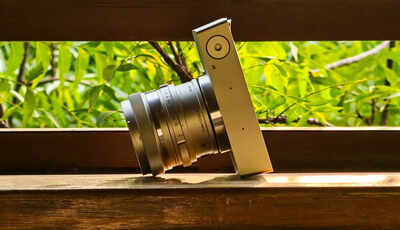
The fisherman in Goa didn't care about my camera. He glanced at it, shrugged, went back to mending his nets. Fair. But a fellow tourist at the next table? He wouldn't stop asking questions.
Where'd I get it? What brand? Can he hold it? Then in Berlin, a barista acted the same—saw it, asked about it— although, she looked up the price herself, handed it back. $2000 (or Rs 1,99,999, if you're buying it in India).”Beautiful," she said. "But why?"Good question. I've been asking myself that for weeks now.Weeks after my first encounter with the BF in Delhi's furnace heat, I got it back for another round. This time, I wasn't playing nice.
I wanted to see what happened when reality crashed into Sigma's minimalist philosophy. So, I took it with me to my vacation to Goa for a week. Then Berlin for another. Two cities that would either make sense of this camera or break whatever spell it had cast on me. Goa's beaches for light, Berlin's streets for architecture. No backup camera, no safety net. Just the BF, a 35mm lens, and whatever these places threw at me. A thousand photos (plus a few more) is what it took to get over the honeymoon phase.
Sadly, I can’t talk about all thousands of them, but I’ll give you guys a look at few, promise.
When the sun tests you
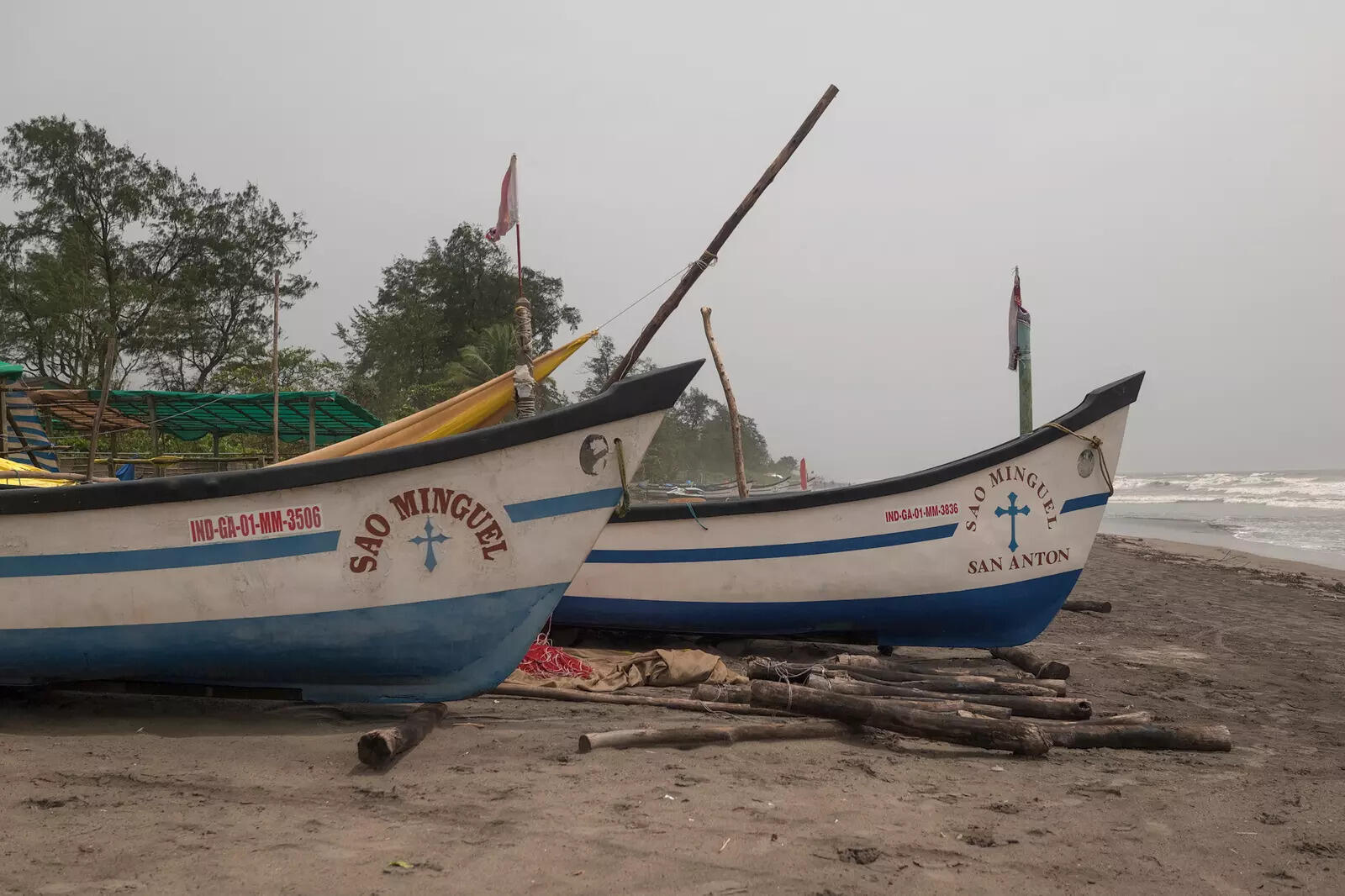
The first few mornings in Goa were overcast. No golden light, no perfect photography weather—just flat grey skies and that diffused light that makes everything look slightly washed out. Walked down to Palolem anyway and shot fishing boats pulled up on the sand. The BF handled it quietly. Those boats with their peeling paint—faded blues and reds layered over each other, barnacles clustered on the hulls, frayed rope coiled everywhere—came back with most textures intact.
.When I got to Berlin, the weather was worse—proper European autumn gloom, where the sun showed up for maybe an hour if you were lucky. But even grey skies didn't help the screen situation. Sand in Goa, pale concrete in Berlin—both bright enough that I found myself squinting, adjusting, and hoping I’d framed something decent. Cranked brightness, outdoor mode—it helped a little, but I was still shooting half-blind, checking files later to see if I’d guessed right.It worked more often than it should have, honestly. But it's not how I want to work. There were moments on the beach where I couldn't tell if I'd captured what I wanted until I got back to the room and reviewed everything on a proper screen. Frustrating.
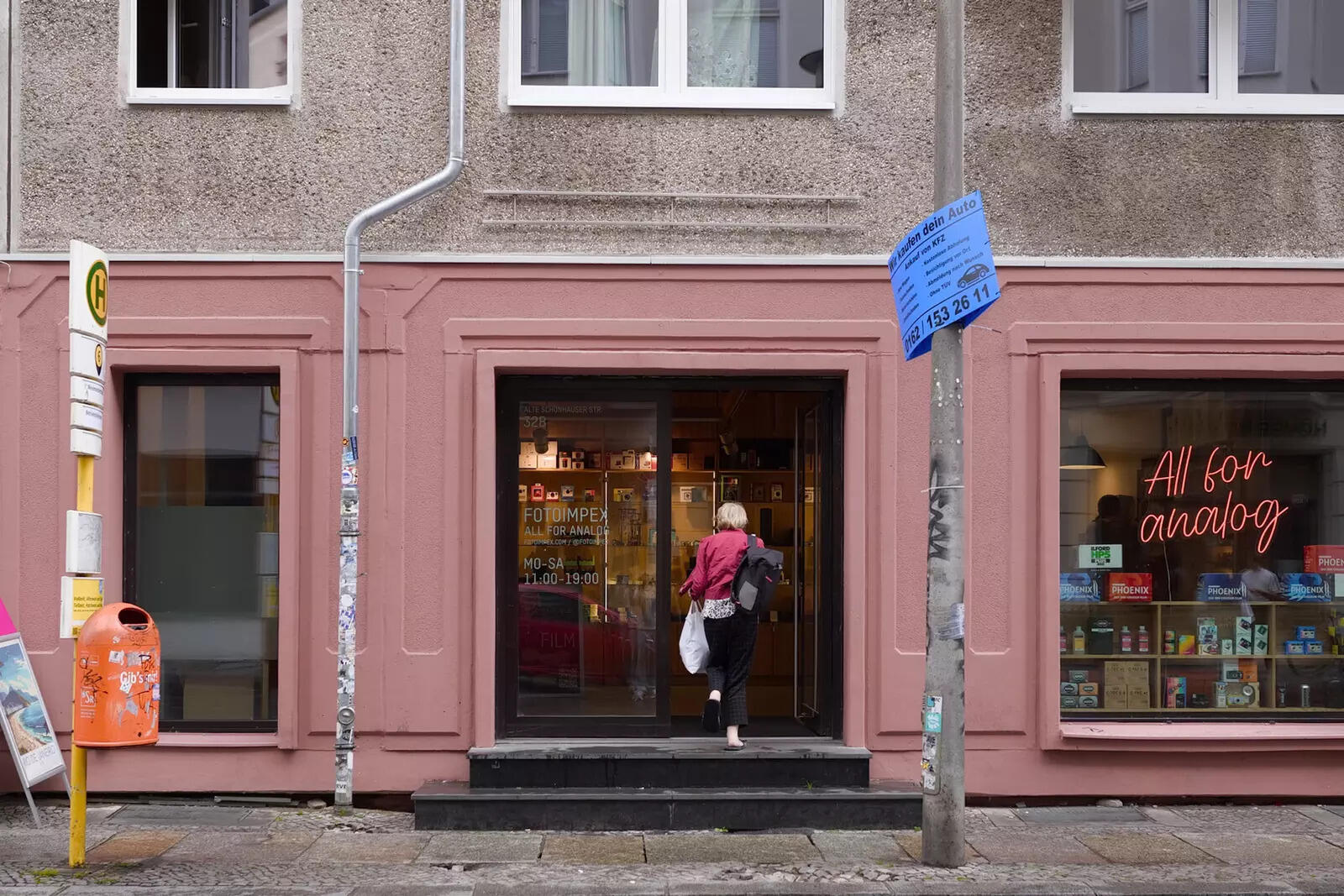
Even in this flat, muted light, the BF quietly rendered every detail faithfully. Walking through the old streets near Kreuzberg, I found this pink storefront—one of those old film photography shops that somehow still exists.
A woman in a magenta jacket was walking in, neon sign glowing in the window, everything rendered in these muted pastels against grey concrete and overcast sky. The BF handled it fine. The pink facade stayed honest, not candy-coloured.
The woman's jacket kept its richness without bleeding. Again, even the subtle textures in the concrete and the peeling stickers on the pole—all there, all clear.This is what the camera does in flat light: it finds detail everywhere without forcing drama.
The contrast stays natural and moderate, midtones dominating with gentle roll-off in highlights and shadows. No harsh clipping, no artificial punch. Just the scene as it was—a quiet Berlin morning, someone running errands, a shop that sells film in a digital world.
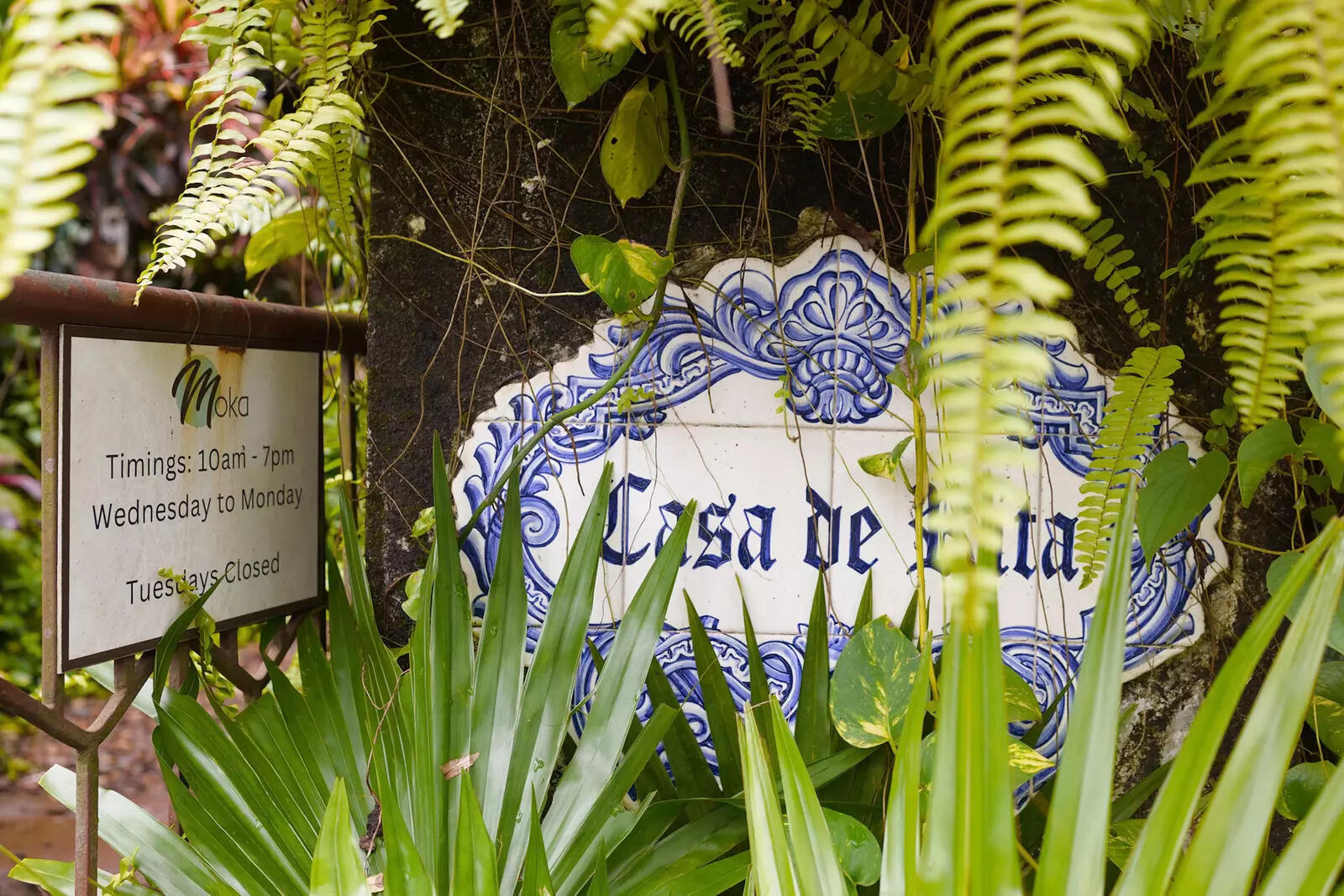
One of the few clear mornings in Goa, I stopped outside a café with a Portuguese-style nameplate half-hidden behind ferns. The blue hand-painted tiles, the rusty red gate, the dull grey cement wall—everything sat together in that washed but warm light.
The BF handled it gently, with faithful tones, steady contrast, and just enough warmth to remind you where the light came from.
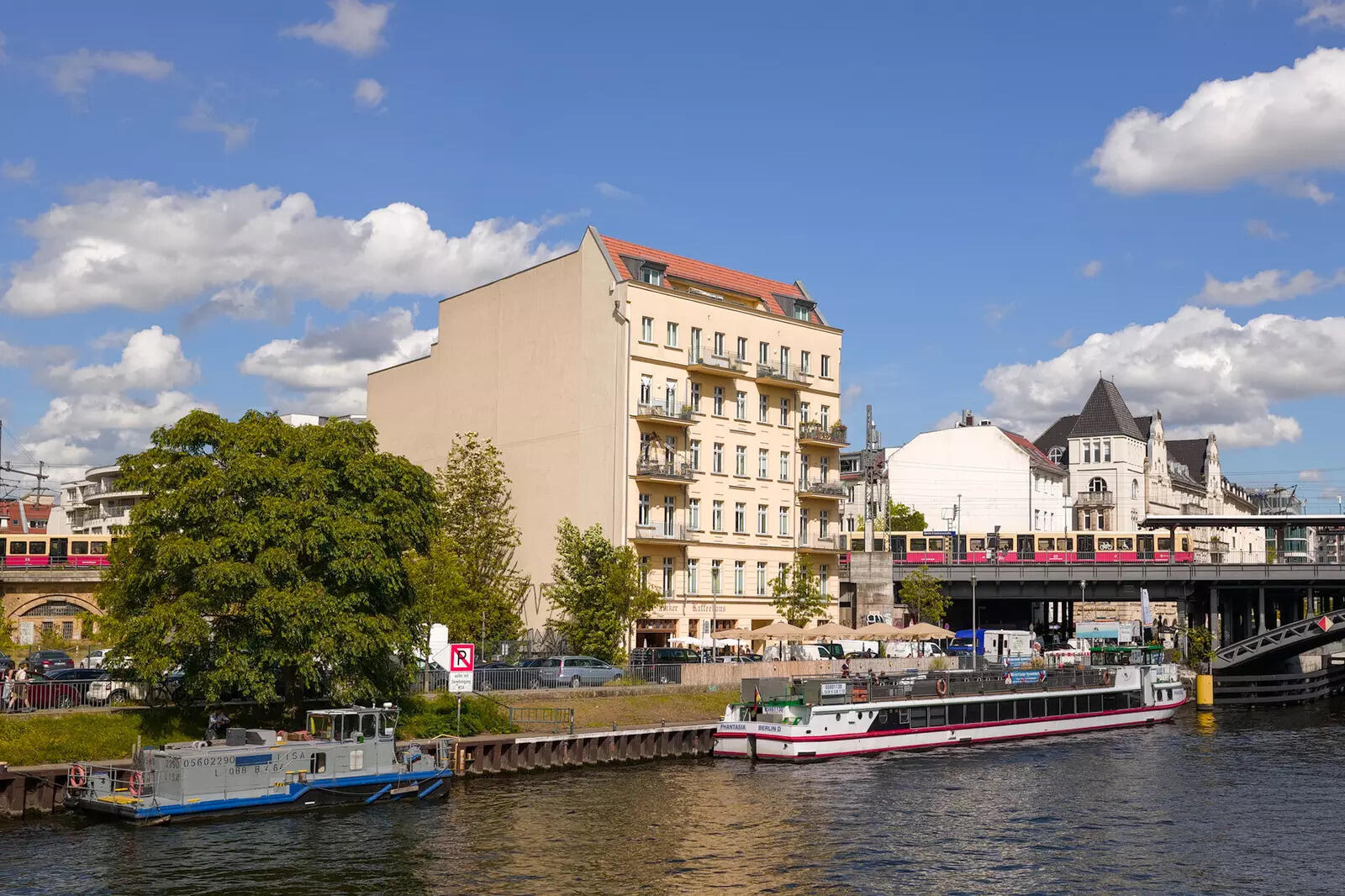
That one sunny afternoon along the Spree showed the profile's range—light bouncing off the water with S-Bahn clattering overhead. The BF handled the mix of deep shadows and bright reflections beautifully—kept the whites in check, pulled subtle detail from the shadows under the bridge. The colours here—faded yellows, muted greens, the dull pink of the train—felt exactly as they were.
No overcompensation, no false warmth.
Just Berlin in honest light.While Warm has been my favourite, the BF has also had 12 other profiles I kept experimenting with. The monochrome mode is genuinely excellent—warm and cool tone options that actually shift mood rather than desaturating. Rich gave images this punchy quality that worked on Goa's colourful beach shacks but felt too aggressive in Berlin's muted streets. It's that Sigma aesthetic showing through—realistic with slight muted warmth, never aggressive, never trying too hard. Even though, I can’t say that for most of the colour profiles, like Teal & Orange—it looked like every travel influencer's feed, enough to make me skip it after that. Some I ignored completely—Power Blue felt artificial, Calm too flat. Three or four profiles covered everything I wanted to shoot, which is fine.
Better that than scrolling past dozens you'll never use. That sort of made me realise that BF's strength isn't handling difficult conditions dramatically. It's handling boring conditions faithfully. Grey light, flat light, the kind of weather where most cameras either blow things out trying to compensate or crush everything into muddy shadows. The BF just... renders it. It handled low light well—maybe a little too well sometimes, pulling out detail where a bit of mystery would’ve been nicer.
Protects both ends of the tonal range, keeps colours realistic, maintains detail. Not exciting, but reliable. And that’s where the camera’s philosophy started making sense: it’s less about dramatic flair and more about quietly doing its job, letting you, the photographer, decide how to shape the world.”Which is funny because this is supposed to be the "beautiful foolishness" camera, the artistic choice, the statement piece—13 colour profiles to play with, though I ignored half of them.
But what it actually excels at is unglamorous competence. It won't give you punchy drama or film-simulation magic in tough light. It'll capture what's there, cleanly and honestly, so you can decide later what to do with it.
Metal and the madness
What's foolish about it is the design itself. The BF is milled from a single block of aluminium—seven hours per body, nine units per day. Who does that in 2025? Who spends that much time and money on a camera body when plastic works fine and costs less? Sigma does, because the beautiful foolishness isn't just a name.
It's the entire philosophy baked into this thing.Hold it and you understand. The thing feels substantial in a way plastic cameras never will. Solid, dense, unmistakably premium. Those sharp edges everyone complains about? Not as uncomfortable as you'd think, though I wouldn't call them ergonomic. There are rounded corners where your hand naturally rests—bottom front left, back right—which suggests someone actually thought this through beyond just making it look striking.
It draws attention everywhere. Strangers paused to ask what it was, kept asking to hold it. The silver finish doesn't help if you're trying to stay invisible. The black version might be more discreet, but that feels like missing the point entirely. This camera wants to be noticed. It's beautiful in that aggressive, uncompromising way where you either love it immediately or think it's absurd.
Slowing down to see
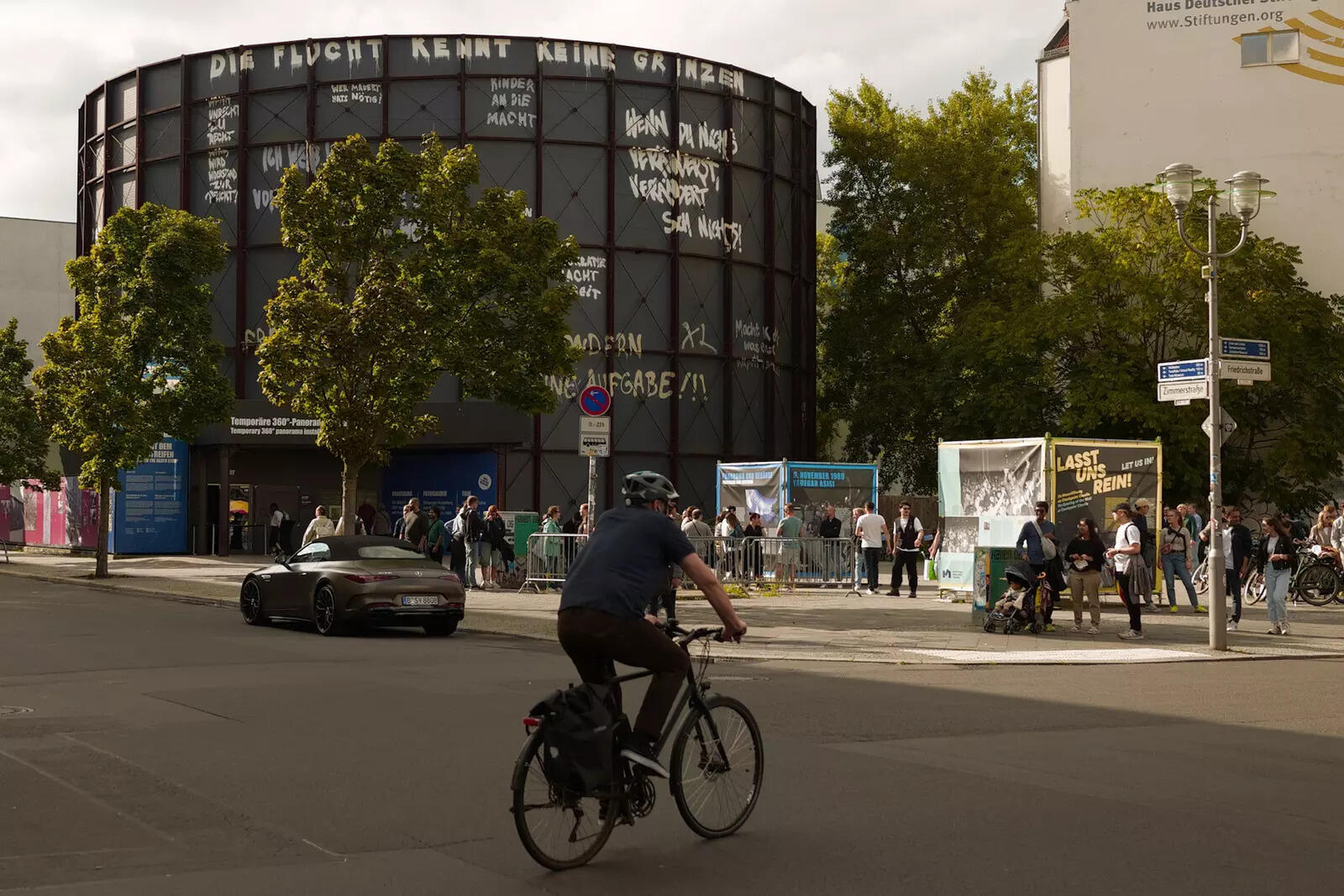
After a while, I stopped noticing the stares and started noticing the city instead.
And Berlin being Berlin. . The round building scrawled with graffiti, a cyclist cutting through the frame, people queuing outside some temporary exhibition. Everything about this scene was chaos: mixed light, shadows, moving subjects. I barely had time to adjust settings, but the BF still rendered it cleanly. The midtones stayed intact, the text on the facade legible even in contrasty patches.
There’s motion blur, sure, but it feels intentional. It’s a moment—fleeting, honest, and perfectly in tune with what the BF seems built for: quiet observation amid the noise.That shot summed up the camera’s limits and strengths in one frame. The BF can’t rush; it’s not built for speed. When the world moves fast—light shifting, cyclists slicing through shadow—it forces you to slow down. Beautiful in theory, frustrating in practice. You want to react, but the camera asks you to consider.Five buttons, one dial, one screen. It's refreshing when you're shooting deliberately. You think about what you want to change, you change it, you shoot.
No endless custom functions, no accidentally bumping settings, no paralysis from too many options. Walking through Goa's backstreets or Berlin's quieter neighbourhoods, the simplicity felt liberating. Pick your setting, adjust, move on. Almost meditative.But the moment things speed up, the minimalism works against you. With light changing every few seconds, cyclists cutting through shadows—I needed to adjust settings fast.
Bump ISO, shift shutter speed, maybe tweak aperture. Instead I was scrolling through options while moments slipped past. The dial switches to exposure compensation when you half-press the shutter, which saved me a few times. But that's a workaround for the real problem: Sigma designed this for slow, thoughtful shooting.One more dial would fix it. Or a button you could hold while turning the dial. But that would break the whole philosophy.
Sometimes I'd just set everything to auto and shoot—which felt like giving up, but also like understanding what this camera actually wants from you.
Tactile truths
Comfort, though, is a relative term with this camera. With the 35mm f/2 attached, the whole thing slips into a small messenger bag without a second thought. I stuck with a wrist strap—that single strap lug makes it pretty clear what Sigma intended—and it was fine for wandering around for an hour or two.
But after a full day trudging through Berlin, my wrist was done; I kept switching hands just to give it a break. A neck strap would solve this, except you'd have to attach it to the tripod mount, which then blocks the battery—so even that wasn’t a perfect fix.
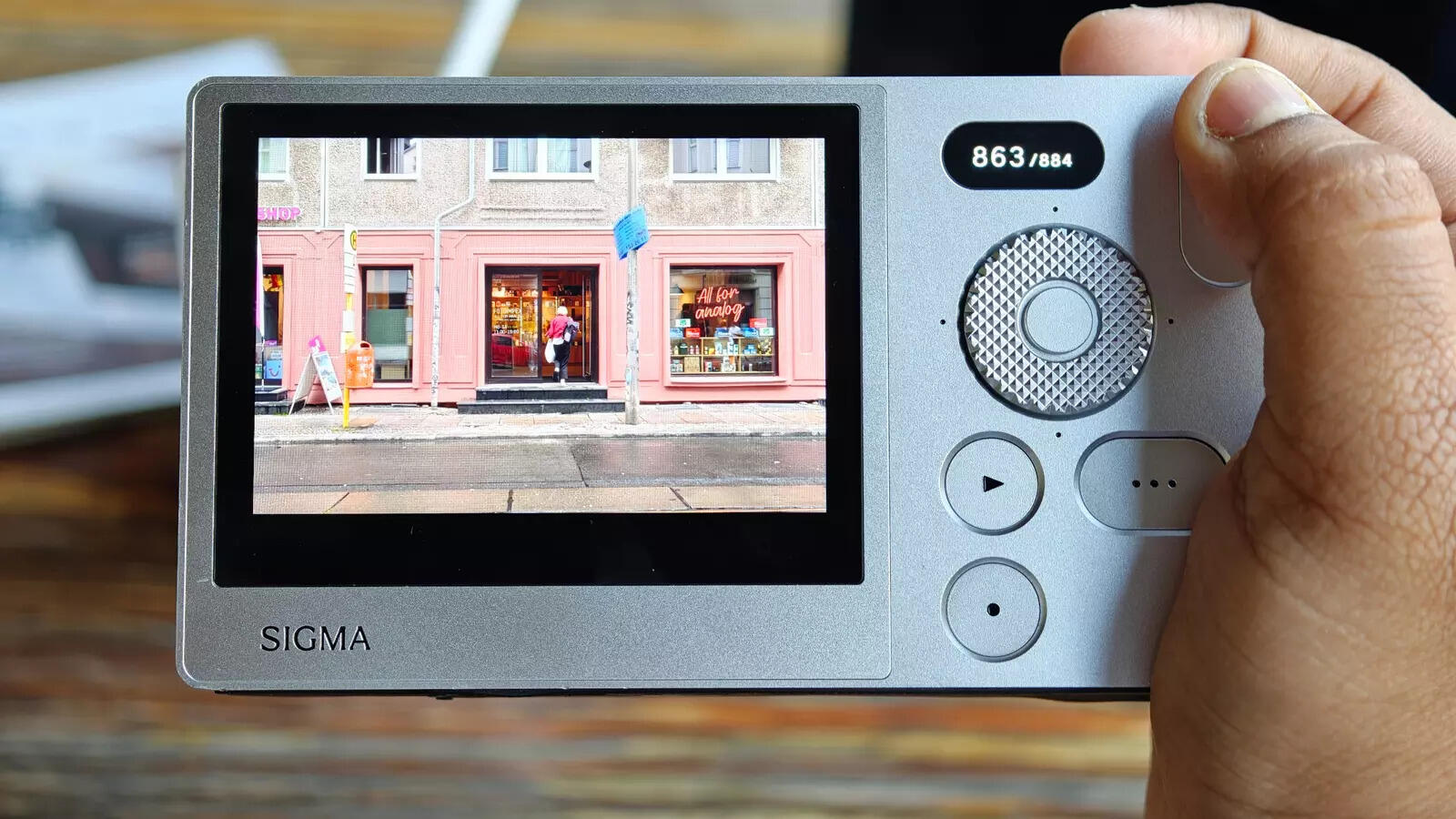
The camera weighs 446 grams, light for full-frame, but after an hour in the chilly Berlin streets, the aluminium body felt like it was conducting all the cold straight into my hands.
In Goa, the same metal would warm uncomfortably in the humid afternoon sun. You're always aware you're holding metal, which is part of the appeal until it isn’t.
The soft focus lesson
I know, the 35mm lens isn't ideal for portraits—a bit wide, forces you closer than comfortable—but it's what I had. One evening in Goa, I shot a friend in warm sunset light. Thought I nailed focus, only to discover later that it had landed on her shoulder instead of her eyes.
This kept happening whenever I shot wide open at f/2. Without a viewfinder, you’re guessing whether you’ve actually hit critical focus until you check the file later.
The screen looks sharp enough, but that shallow depth of field is unforgiving.Moments like that made it clear—the BF isn’t forgiving, but it is consistent. Eventually I stopped trying to control it and just let face detection handle everything. Worked perfectly after that.
When focus landed right, the portraits were lovely—skin tones natural, the colours were gentle without looking forced, and the grain looked pleasant rather than harsh.
When your BF says ‘enough’
But could I do that all day long? No. The battery life made sure of that. Rated for 280 shots, I was getting closer to 180 in practice. In Goa, shooting casually through an afternoon—beach scenes, street life, testing profiles—I’d glance down and see the battery icon blinking red by 4 PM, just as I was chasing kids running along the sand.
Berlin was worse. Cooler weather combined with the aluminium body acting like a heat sink meant the battery died even faster, forcing me to ration shots and think twice before pressing the shutter.Didn’t have the extra batteries, so I had to carry my trusty power bank everywhere. The camera charges reasonably fast from any charger, which helps, but this is the 21st century. Battery tech isn't a mystery. Sigma could've done better here.
I was taken aback to the 2000s—started shooting more conservatively, second-guessing whether a moment was worth the shutter press—just like the film cameras.Though this approach doesn't work while shooting videos. I shot a few clips in both cities, nothing serious—just moments I wanted to capture with motion. The Spree on that sunny afternoon, waves catching light. Street scenes in Goa with vendors setting up in the evening.
The BF shoots 6K at 30fps, which sounds impressive until you realise the battery drains even faster and there's no stabilisation beyond digital crop.And as you’d have figured out by now, the footage came out clean, colours stayed honest, but handheld clips had that slight jitter you can't really fix in post. And for quick social media stuff it's fine. For anything more serious, not so much. The camera can shoot video, sure.
But feels like, it doesn't really want to.
The price of foolishness
After thousands of frames across the two cities, here's what I can tell you: the BF made me slow down. Not always by choice, sometimes by force. The battery would die, the screen would dim, the interface would make me miss a shot. But somewhere in all that friction, I started thinking more about what I was shooting instead of just shooting everything. Whether that's worth $2,000 and constant frustration is up to you.This isn't for everyone. Need fast controls? All-day battery? Serious video? Buy something else. The BF works for a specific kind of person—someone who wants a compact full-frame system that looks beautiful on a desk and occasionally makes beautiful images. Someone who doesn't mind the compromises because the design and the shooting experience matter more than pure capability. Someone who finds constraints interesting rather than annoying.I'm still not entirely sure I'm that person. But when I had to send it back, I found myself missing it more than I expected. Make of that what you will.The barista in Berlin had it right. Beautiful? Absolutely. But why? That's the question you'll need to answer for yourself. For some, the answer will be obvious. For others, it'll never make sense. It’s a romantic camera in a world that rewards practicality. You don’t buy it because it makes sense—you buy it knowing it doesn’t.

 4 hours ago
3
4 hours ago
3









 English (US) ·
English (US) ·